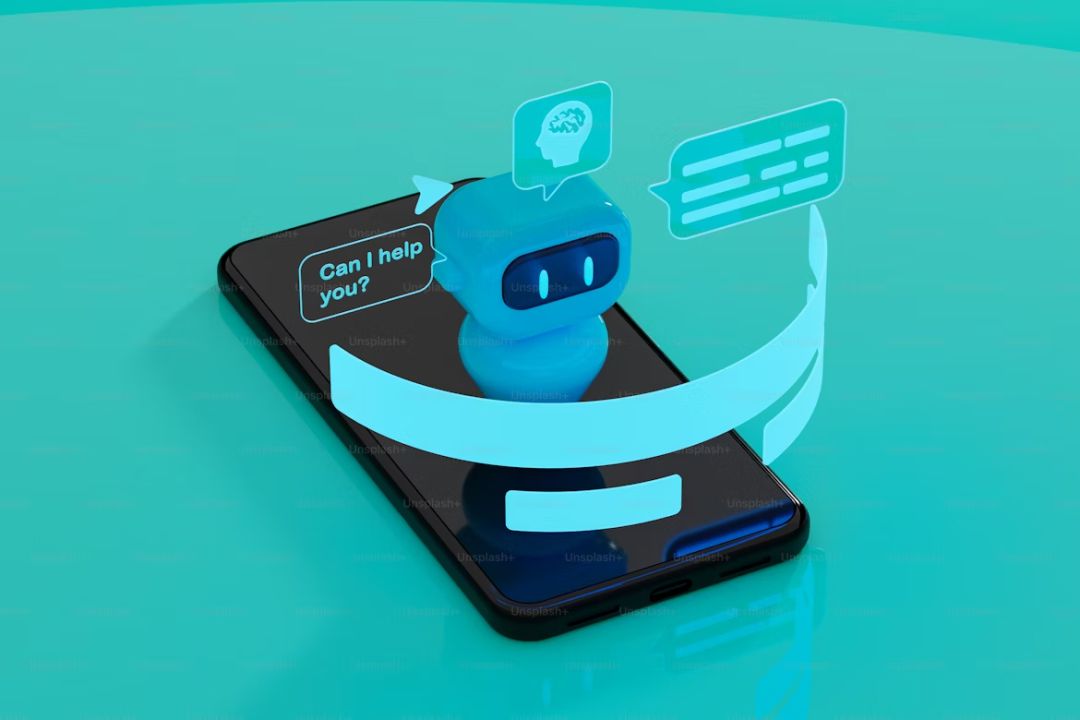Artificial intelligence has taken grand strides in recent years, making interactions between machines and humans more seamless than ever. AI chatbots, in particular, have ushered in a new age of digital communication, allowing people to converse with machines in a way that feels incredibly human. The impact of these chatbots is far-reaching, affecting sectors from customer service to personal assistants and beyond. As you dive into the world of AI chatbots, prepare to uncover the nuances that make them an indispensable part of modern technology. Keep reading to explore the fascinating journey of AI chatbots and their growing significance in our daily lives.
The Dawn of AI Chatbots: Revolutionizing Digital Interaction
The concept of AI chatbots isn’t entirely new, but their sophistication has skyrocketed in recent times. Originally, chatbots operated on simple rule-based systems, responding to specific commands with pre-programmed responses. However, advancements in machine learning and natural language processing have enabled AI chatbots to understand and process language in a nuanced manner, making conversations flow more naturally and intuitively.
Today’s AI chatbots can perform a variety of complex tasks, from setting reminders to providing customer support. They are equipped to learn from interactions, which helps them to continuously improve their conversation skills. This evolution has changed the dynamics of digital interaction, making chatbots an increasingly preferred method of communication for tasks that were once exclusively human-dominated.
AI Chatbots: Understanding Their Role in Modern Customer Service
In the realm of customer service, AI chatbots have been game-changers. They offer companies a way to provide instant support, answering frequently asked questions and resolving common issues without human intervention. This not only helps in delivering immediate solutions to customers but also frees up human agents to tackle more complex problems that require empathy and deep understanding.
Chatbots have started to embody the front line of customer interaction. Their ability to interact in various languages and dialects has made them indispensable for global businesses. They can tap into customer data to provide personalized recommendations and solutions, which enhances the overall service experience.
Moreover, AI chatbots gather valuable insights from their interactions – trends, common issues, customer sentiments – all of which can be harnessed to improve services and products. Businesses are able to utilize this data to make strategic decisions and anticipate customer needs before they are explicitly expressed.
Personalization and Efficiency: How AI Chatbots Enhance User Experience
Personalization is at the core of modern user experience, and AI chatbots excel in providing tailored interactions. By analyzing past interactions, purchase history, and preferences, chatbots can engage users in a manner that feels unique and personal. This level of customization makes users feel valued and understood, which is critical in fostering brand loyalty and satisfaction.
Aside from personalization, efficiency is another pivotal benefit of AI chatbots. They have the ability to handle routine tasks at unprecedented speed, from answering queries to scheduling appointments. This swift responsiveness not only satisfies the user’s need for instant gratification but also streamlines operations, making businesses more agile and responsive.
For instance, an AI Chatbot designed for retail could offer fashion advice, suggest accessories based on past purchases, or even alert customers about upcoming sales. These empathetic and proactive interactions contribute to a more engaging and frictionless experience, bridging the gap between digital convenience and human warmth.
Integrating AI Chatbots Into Your Business Strategy for Optimal Performance
The inclusion of AI chatbots in a business strategy can catalyze operational excellence and enhance customer engagement. To gain the full spectrum of benefits, it’s crucial for businesses to identify the right tasks for automation and to understand the capabilities and limitations of their chatbot technology. When effectively integrated, chatbots can handle repetitive inquiries and allow human resources to concentrate on strategic initiatives and complex problem-solving.
Developing a comprehensive plan for chatbot integration demands thoughtful consideration of the customer journey. It’s vital to ensure that the chatbot enhances, rather than impedes, the flow of interaction. By mapping out when and how customers might prefer to use a chatbot, businesses can create a more seamless and intuitive experience that aligns with user expectations.
Furthermore, businesses must not overlook the importance of regular updates and maintenance. Just as customer needs evolve, so must chatbots. Keeping the chatbot’s knowledge base current and expanding its capabilities as technology advances is essential for maintaining a competitive edge. This adaptability will secure the chatbot’s relevance and efficiency in an ever-changing business landscape.
As we navigate the complexities and ensure ethical practices, chatbots are primed to become an even more integrated part of our digital existence, serving as a testament to the potential of artificial intelligence in forging meaningful human-machine relationships.

